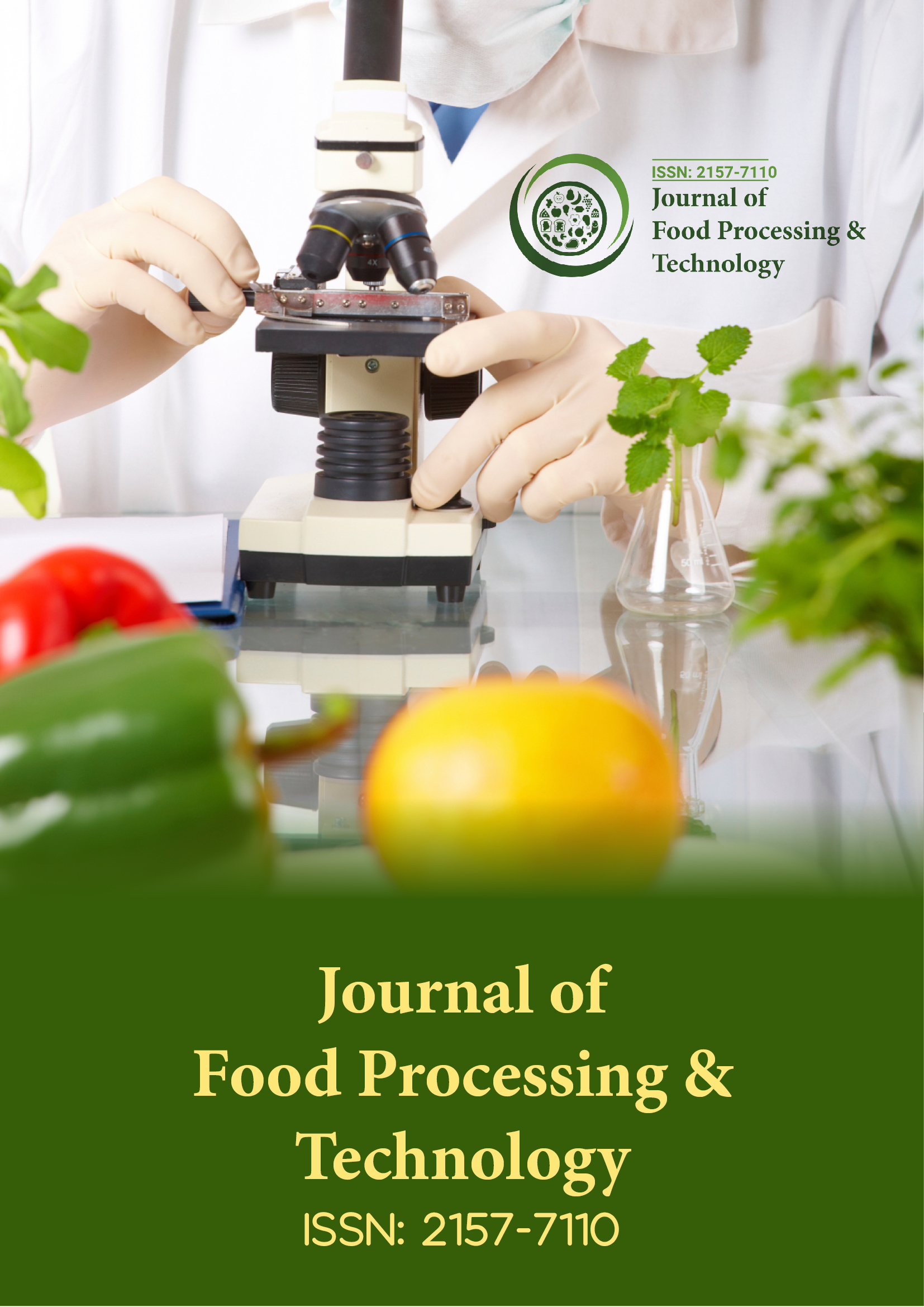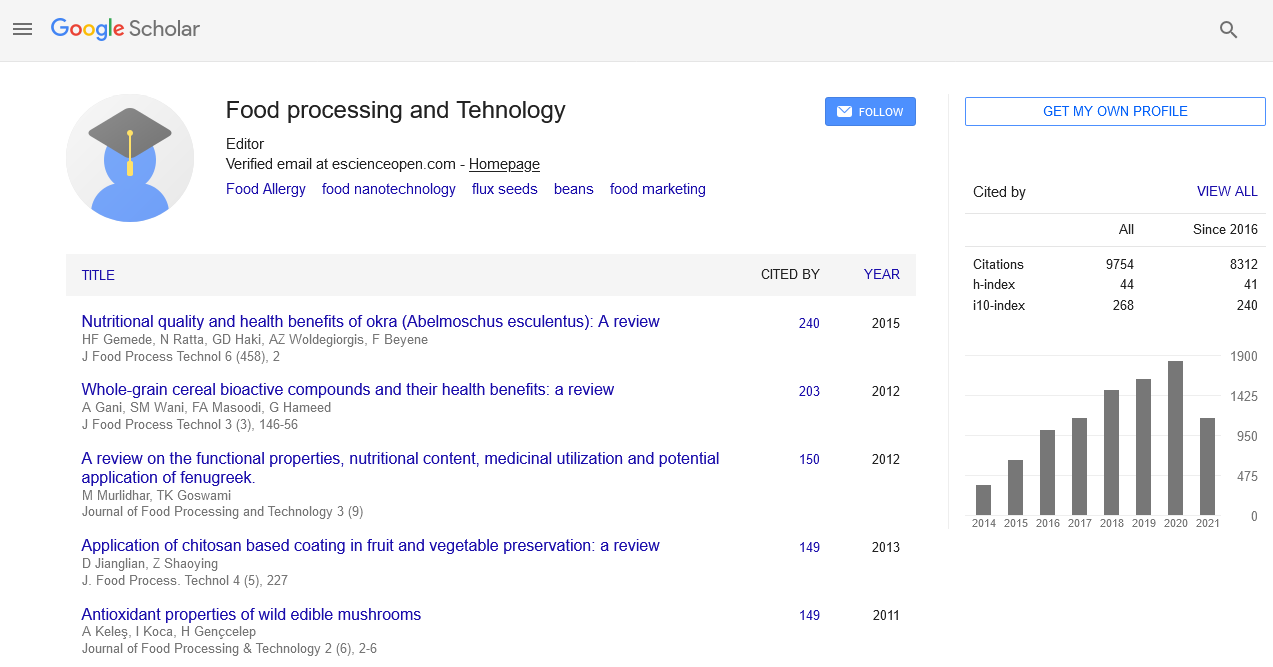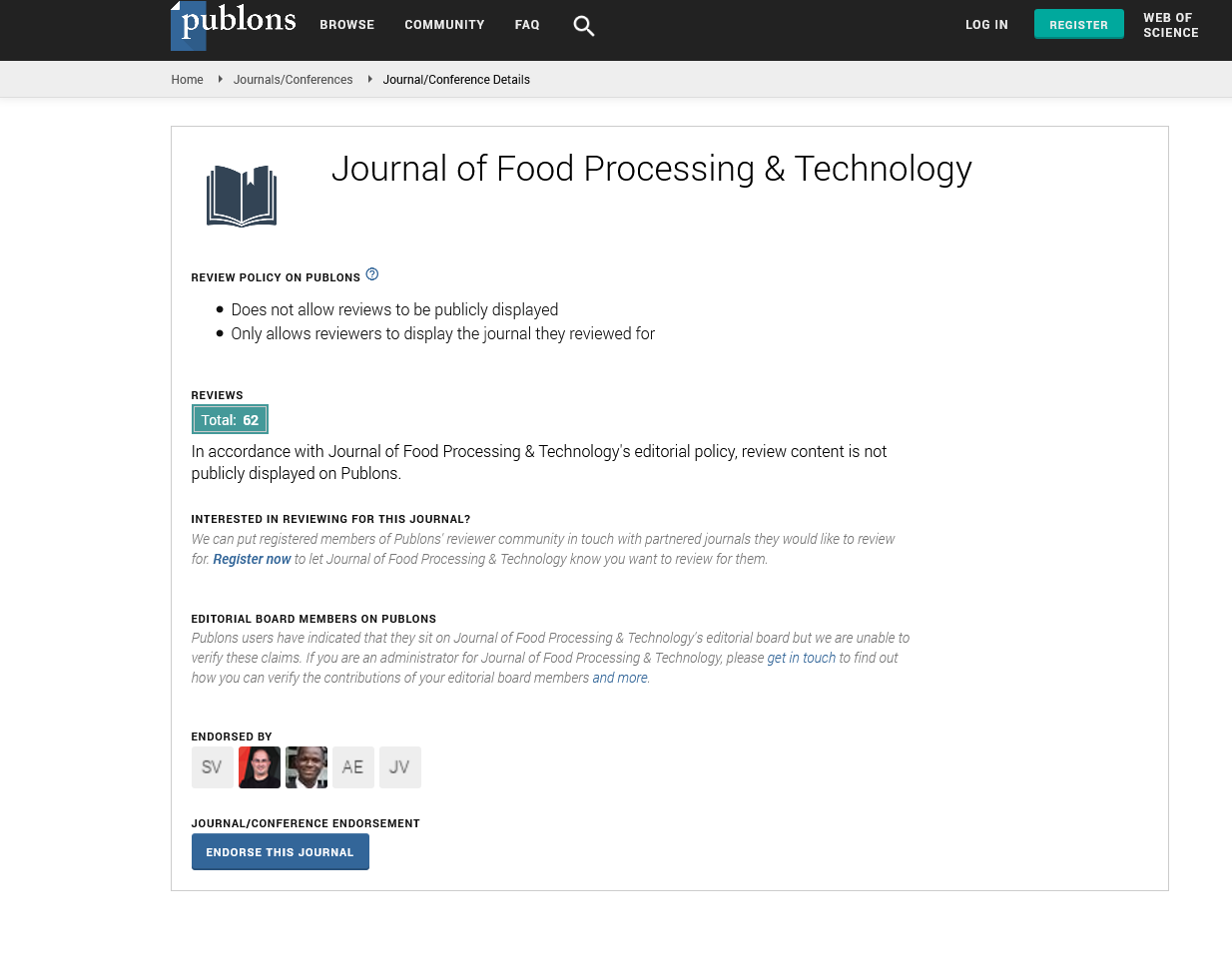Indexed In
- Genamics JournalSeek
- Academic Keys
- JournalTOCs
- China National Knowledge Infrastructure (CNKI)
- Access to Global Online Research in Agriculture (AGORA)
- Centre for Agriculture and Biosciences International (CABI)
- RefSeek
- Directory of Research Journal Indexing (DRJI)
- Hamdard University
- EBSCO A-Z
- OCLC- WorldCat
- Scholarsteer
- SWB online catalog
- Publons
- Euro Pub
- Google Scholar
Useful Links
Share This Page
Journal Flyer

Open Access Journals
- Agri and Aquaculture
- Biochemistry
- Bioinformatics & Systems Biology
- Business & Management
- Chemistry
- Clinical Sciences
- Engineering
- Food & Nutrition
- General Science
- Genetics & Molecular Biology
- Immunology & Microbiology
- Medical Sciences
- Neuroscience & Psychology
- Nursing & Health Care
- Pharmaceutical Sciences
Towards a European beef eating quality model ?
19th International Conference on Food Processing & Technology
October 23-25, 2017 | Paris, France
Jean Francois Hocquette, Sarah Bonny, Linda Farmer, Isabelle Legrand, Paul Allen, Jerzy Wierzbicki, Graham Gardner and David Pethick
INRA - VetAgro Sup, France
Murdoch University, Australia
Agri-Food and Biosciences Institute, UK
Institut de l‚??Elevage, France
Teagasc Ashtown Food Research Centre, Ireland
Polish Beef Association, Poland
Scientific Tracks Abstracts: J Food Process Technol
Abstract:
The current assessment of beef is far from consumers' expectations, and no strong relationship is observed between eating quality and price. Our aim is to create a reliable and consumer-driven prediction model of beef eating quality for Europe, based on the principles of the Meat Standards Australia (MSA) grading scheme, which needs some adaptations to suit the European beef chain. Beef carcasses are currently traded based on the compulsory EUROP grid, which uses visual and/or instrumental assessments to give scores for both muscling and fatness. We found that there was no substantial relationship between the EUROP system and eating quality. Additionally, carcasses from entire males and from dairy breeds are important in the European beef industry. These carcass types are under-represented in the MSA model. We found that a separate adjustment for entire males and dairy breeds is required to accurately predict eating quality for these groups. As an animal matures, beef quality decreases. In Australia, this is estimated through an assessment of bone maturity called ‚??ossification‚?? whereas the European beef industry has accurate age records available to it. Ossification score is more appropriate for young animals but as animals get older, animal age becomes more appropriate in an eating quality prediction model. Thus, both measures are required to optimize accuracy. Finally, we observed that there were no major demographic effects on consumer evaluation of eating quality and willingness to pay. In conclusion, a beef eating quality grading system, similar in design to the Australian MSA system, is highly applicable to both the European beef industry and the European consumers, despite the need for some adjustments. Further work is needed to determine the optimum statistical model for such a system.
Biography :
Jean Francois Hocquette has been a Scientist at INRA (the French National Institute of Agricultural Research) since 1991. His research interest mainly concerns muscle biology as relevant to muscle growth and beef eating quality. His scientific activity resulted in 252 papers, 2 patents, over $5M in grants, mentorship (27 scholars), adjunct ship (800 students) and 60 lectures worldwide. In 2014 and 2016, he organized the French Meat R&D Congress (150 to 240 attendees). He was involved in EU-programs on meat. He was Head of the Herbivore Research Unit (172 staff) and now works for the High Council for Evaluation of Research & Higher Education. He is involved in the activities of the EAAP (European Association for Animal Production) and of the French Meat Academy. He was an Associate Editor of BMC Genomics, edited two EAAP books (#112 & #133) and is currently Editor-in-Chief of the French Meat R&D Journal (5600 subscribers).


